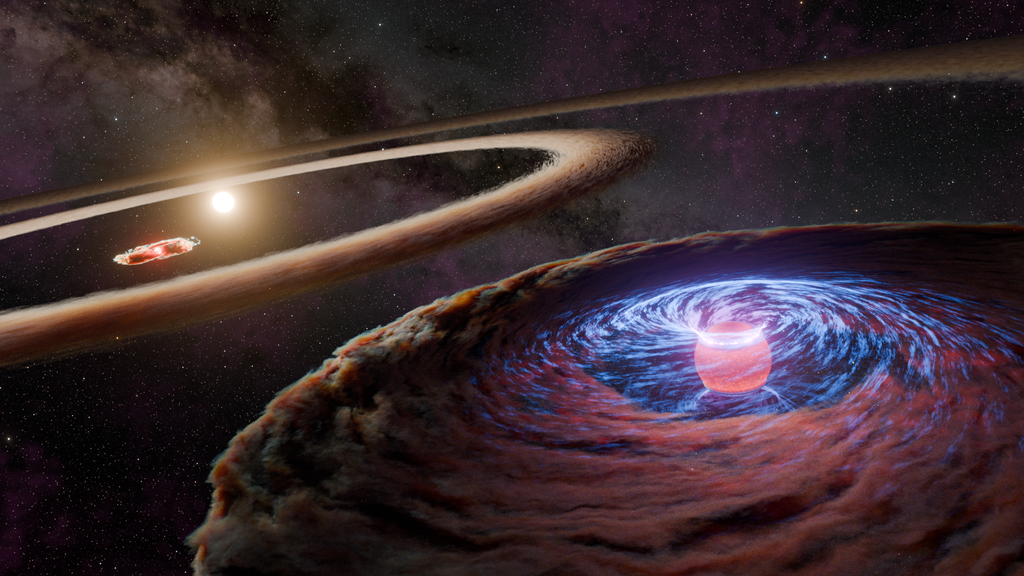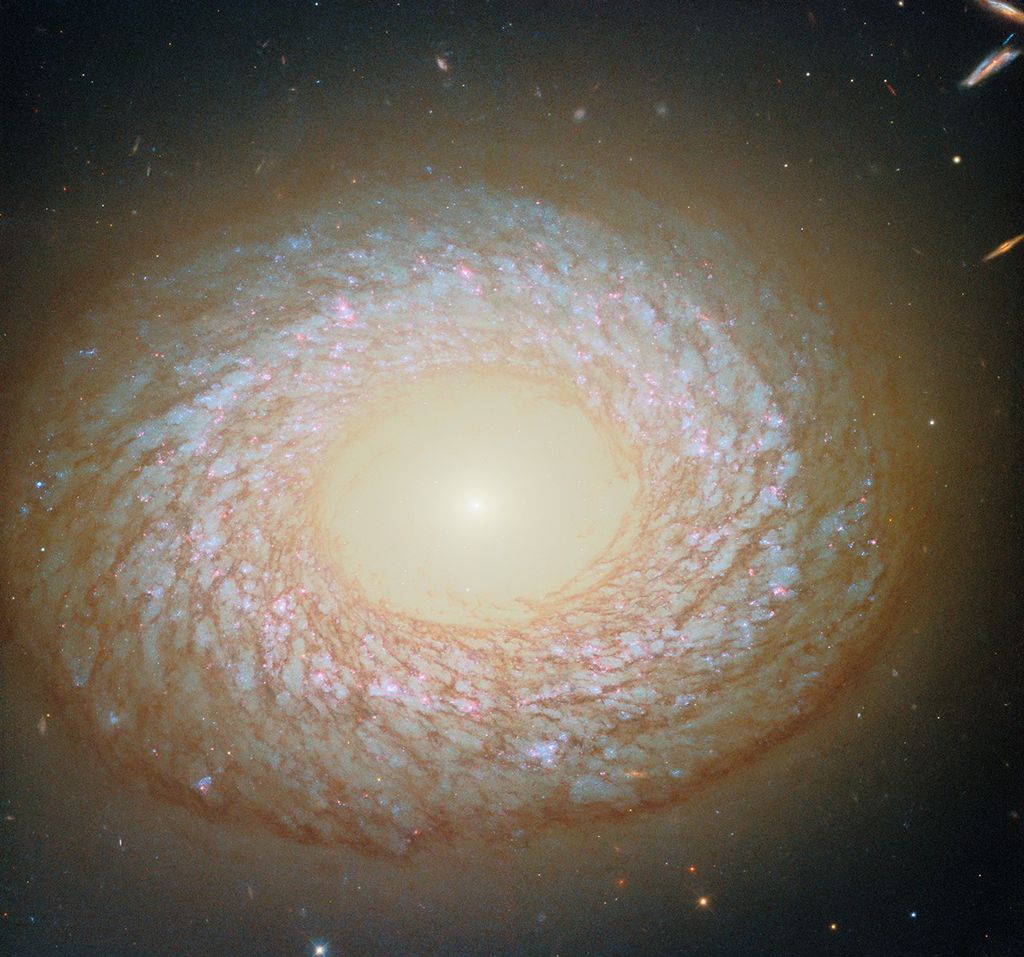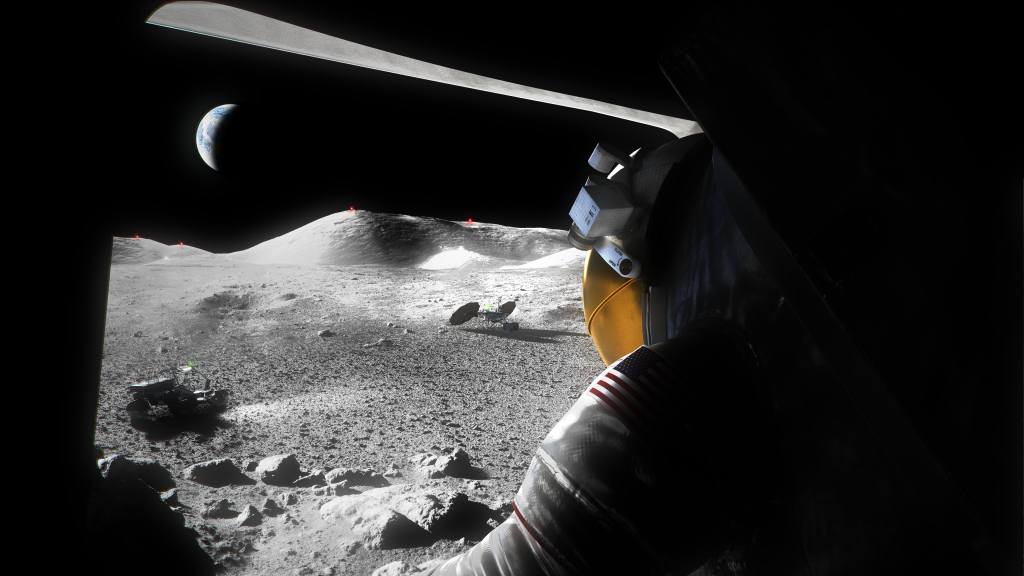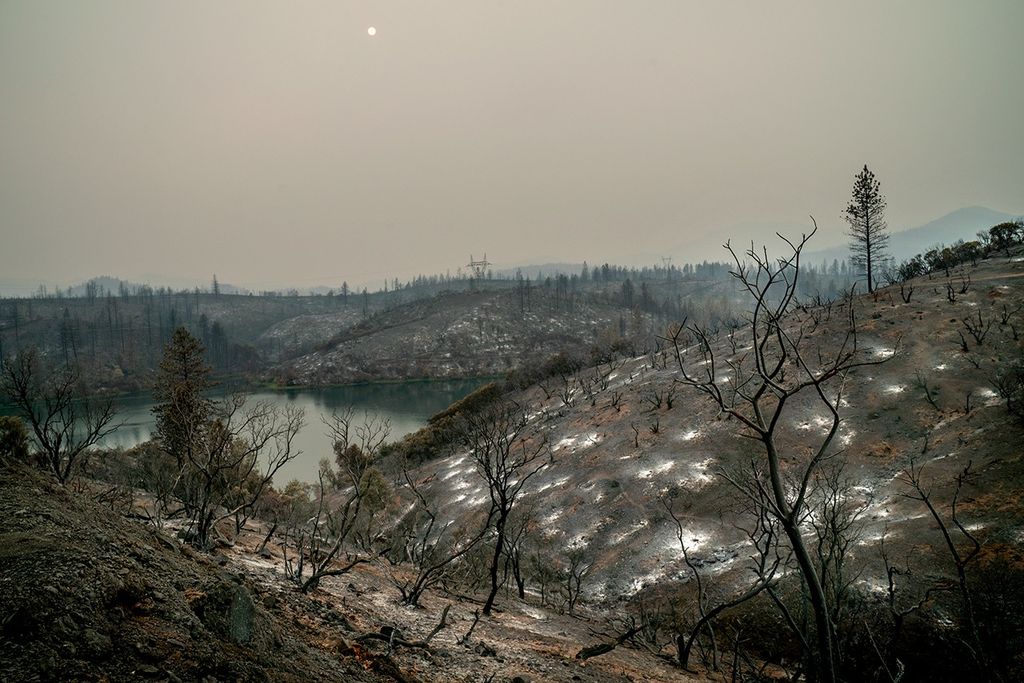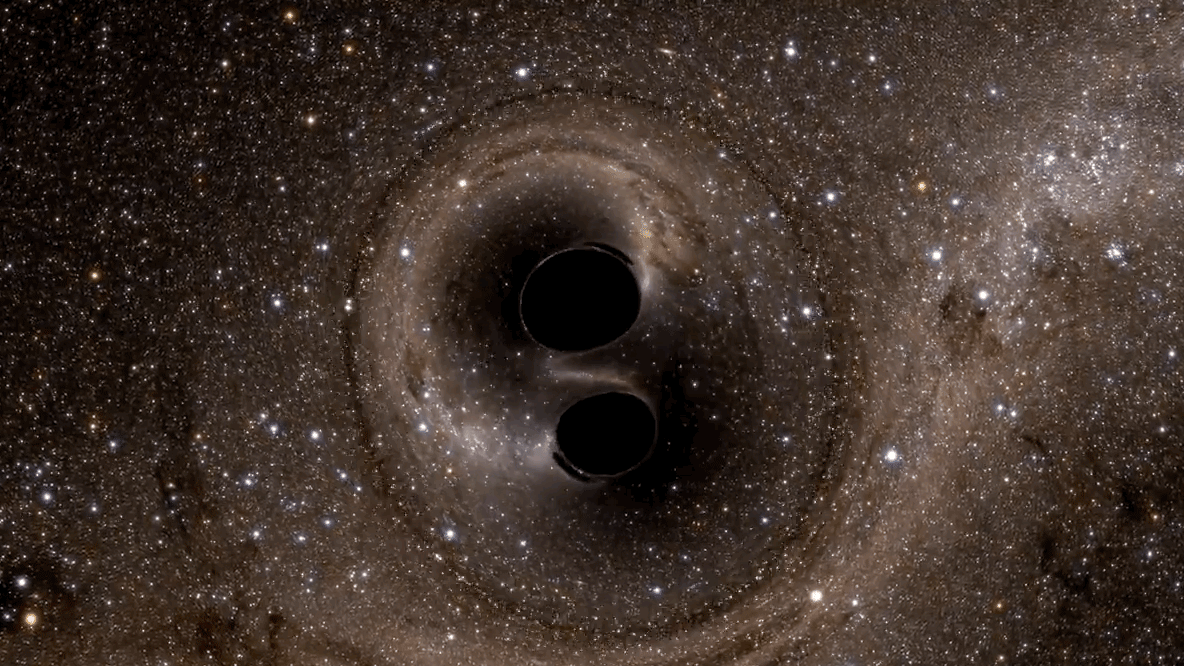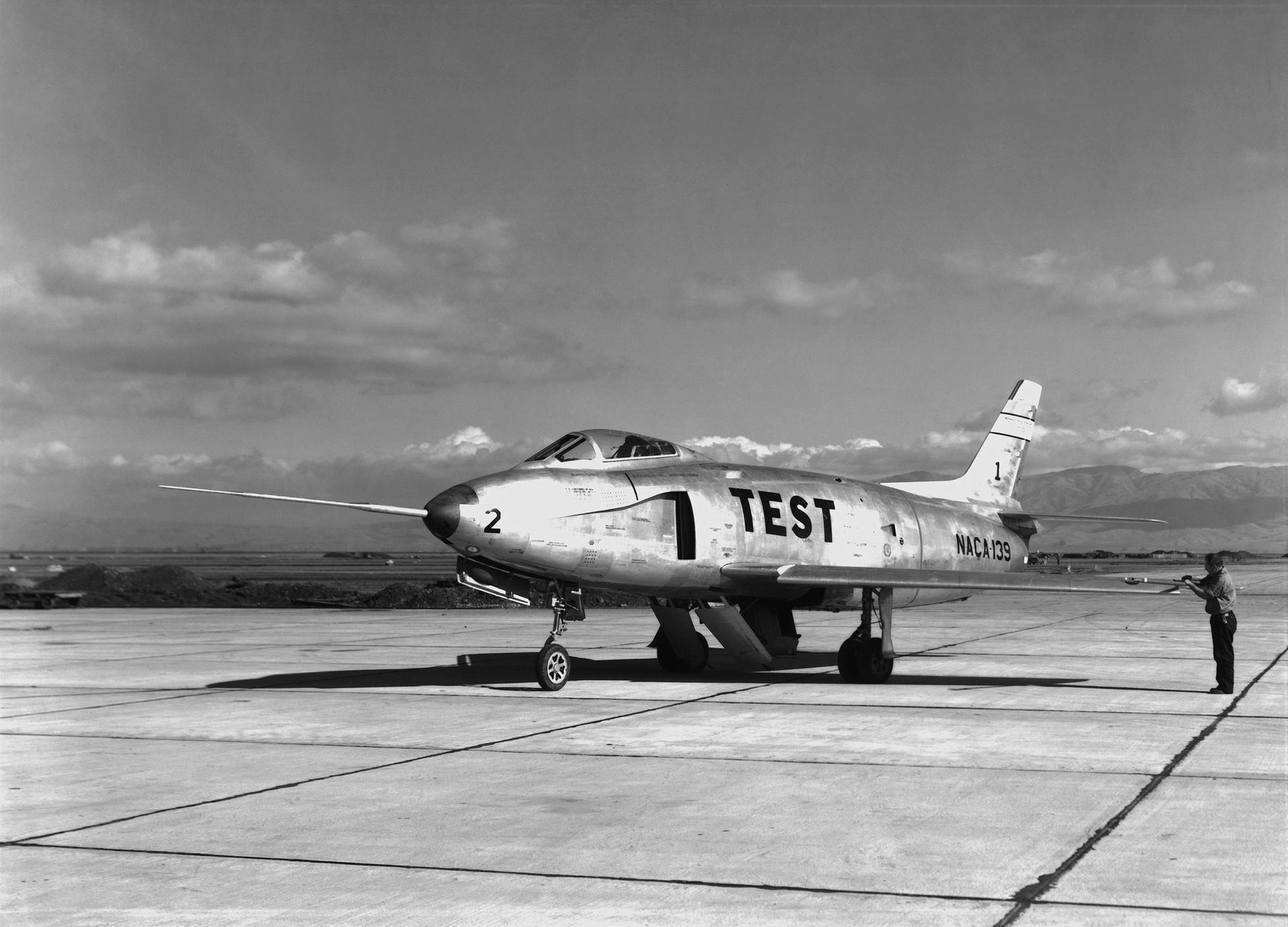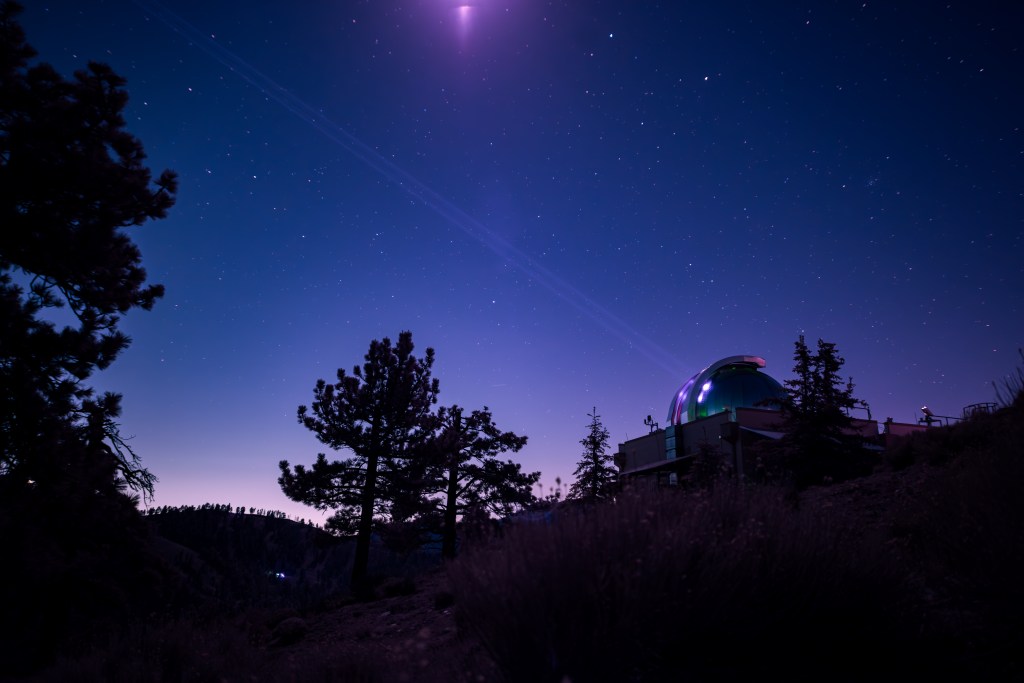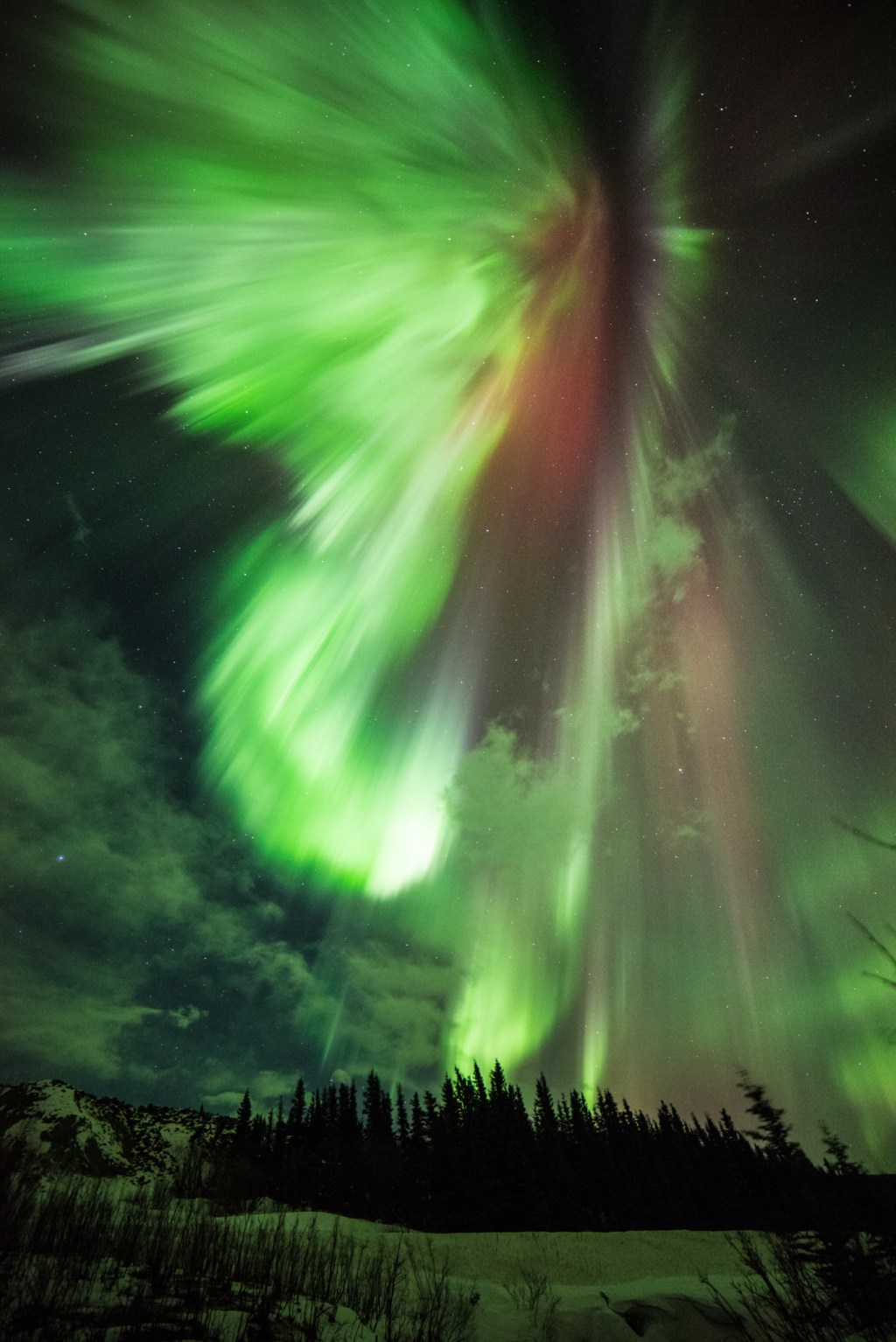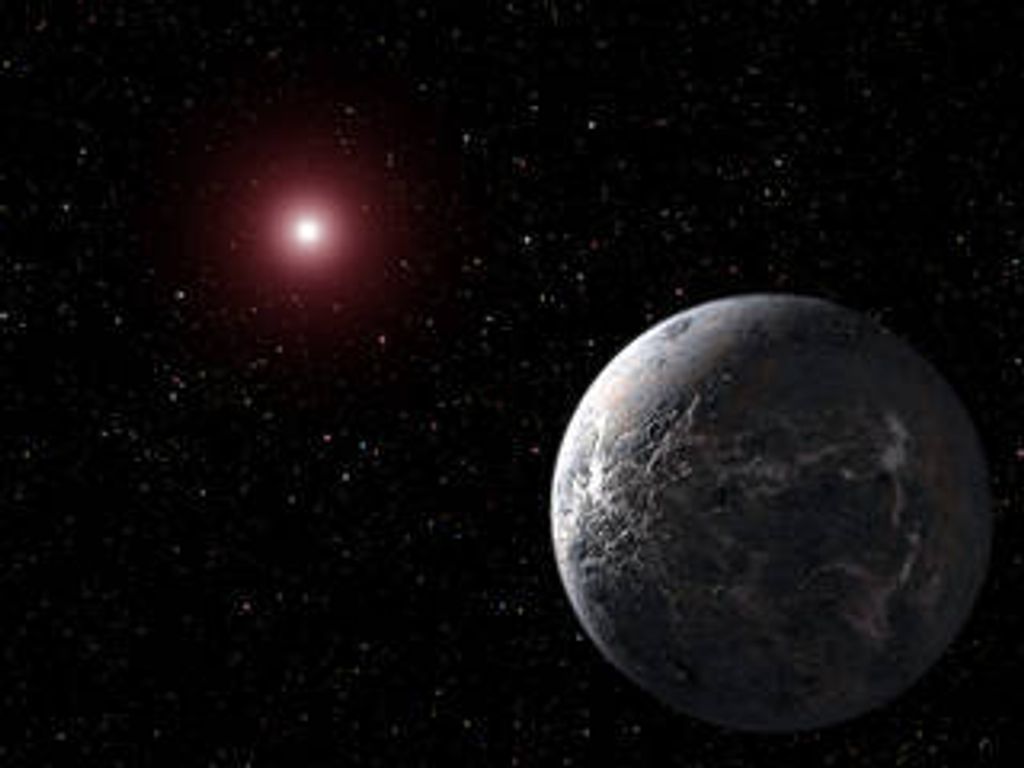1 min read
Mars at Opposition: February 1995
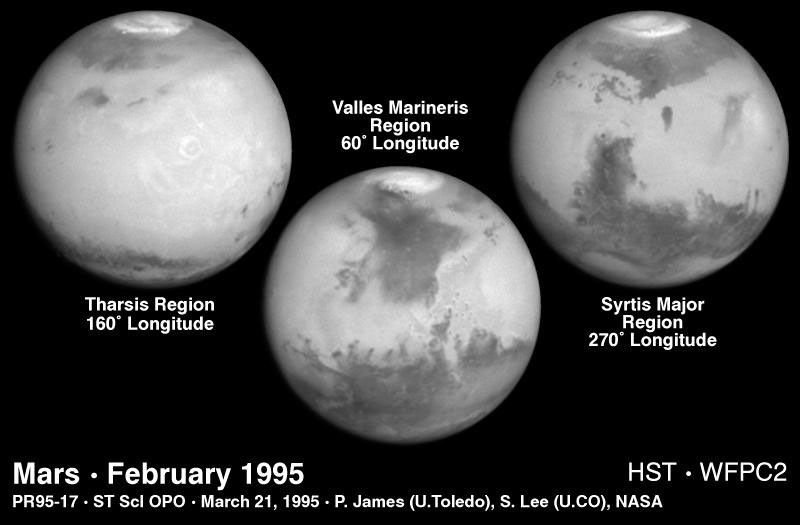
These NASA Hubble Space Telescope views provide the most detailed complete global coverage of the red planet Mars ever seen from Earth. The pictures were taken on February 25, 1995, when Mars was at a distance of 65 million miles (103 million km).
To the surprise of researchers, Mars is cloudier than seen in previous years. This means the planet is cooler and drier, because water vapor in the atmosphere freezes out to form ice-crystal clouds. Hubble resolves Martian surface features with a level of detail only exceeded by planetary probes, such as impact craters and other features as small as 30 miles (50 kilometers) across.
[Tharsis region] - A crescent-shaped cloud just right of center identifies the immense shield volcano Olympus Mons, which is 340 miles (550 km) across at its base. Warm afternoon air pushed up over the summit forms ice-crystal clouds downwind from the volcano. Farther to the east (right) a line of clouds forms over a row of three extinct volcanoes which are from north to south: Ascraeus Mons, Pavonis Mons, Arsia Mons. It's part of an unusual, recurring "W"-shaped cloud formation that once mystified earlier ground-based observers.
[Valles Marineris region] - The 16 mile-high volcano Ascraeus Mons pokes through the cloud deck along the western (left) limb of the planet. Other interesting geologic features include (lower left) Valles Marineris, an immense rift valley the length of the continental United States. Near the image center lies the Chryse basin made up of cratered and chaotic terrain. The oval-looking Argyre impact basin (bottom) appears white due to clouds or frost.
[Syrtis Major region] - The dark "shark fin" feature left of center is Syrtis Major. Below it the giant impact basin Hellas. Clouds cover several great volcanos in the Elysium region near the eastern (right) limb. As clearly seen in the Hubble images, past dust storms in Mars' southern hemisphere have scoured the plains of fine light dust and transported the dust northward. This leaves behind a relatively coarser, and less reflective sand in, predominantly, the southern hemisphere.
The pictures were taken with Hubble's Wide Field Planetary Camera 2.
- Release DateMarch 21, 1995
- Science ReleaseHubble Monitors Weather on Neighboring Planets
- CreditPhilip James (University of Toledo), Steven Lee (University of Colorado), NASA
Related Images & Videos

Springtime on Mars
This NASA Hubble Space Telescope view of the planet Mars is the clearest picture ever taken from Earth, surpassed only by close-up shots sent back by visiting space probes. The picture was taken on February 25, 1995, when Mars was at a distance of approximately 65 million miles...
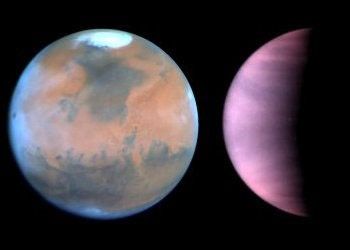
Hubble Monitors Weather on Mars and Venus
What's the weather for Mars and Venus? The Hubble telescope has given astronomers a peak. The telescope is serving as an interplanetary weather satellite for studying the climate on Earth's neighboring worlds, Mars and Venus. To the surprise of researchers, Hubble is showing...
Share
Details
Claire Andreoli
NASA’s Goddard Space Flight Center
Greenbelt, Maryland
claire.andreoli@nasa.gov

